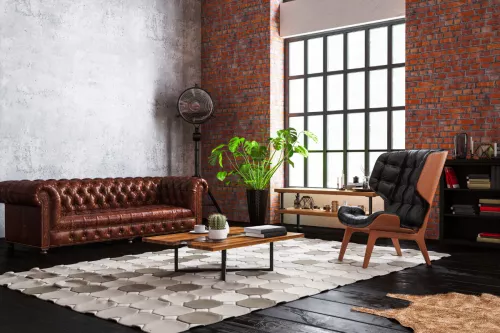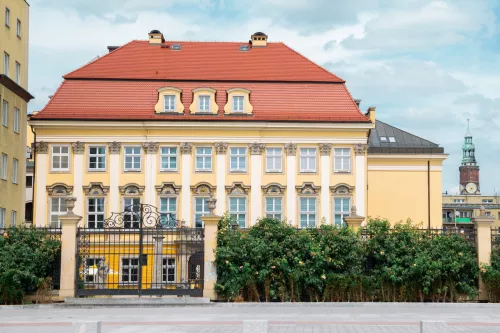Delving into the vast array of housing types reveals the rich diversity in human habitats, spanning from classic to modern designs. Each home style brings its distinct characteristics, perks, and factors to consider, making choosing a home a deeply personal choice.
Familiarizing oneself with the various terms related to house styles and structures is crucial when looking for a new home or investment, as it aids in recognizing the benefits each type offers and in finding the one that aligns with your preferences.
Homes are typically classified by their structural form, like single-family units or condos, and by their architectural style, such as Craftsman or contemporary, with each category boasting its own unique design elements.
Types of homes: Structures
When embarking on the journey to find your first home, dream residence, or a new investment property, the initial step should be to pinpoint the type of house structure that best suits your needs. Identifying the right structure type is essential to streamlining your search, and you'll typically encounter a range of common home structures as you begin looking for your next property.
Single-Family Homes
Single-family homes are stand-alone structures that offer privacy and space, making them a popular choice among many. These homes are not attached to any other property, giving homeowners complete control over their property.
However, this autonomy comes with the responsibility of maintaining the entire property, which can be a significant commitment both financially and in terms of time. The appeal of single-family homes lies in their variety, with architectural styles ranging from the simple and functional ranch-style to the more ornate and historical colonial homes.
Apartments and Condominiums
Apartments and condominiums offer a more communal living experience, often located in urban areas where space is at a premium. Apartments are typically owned by a single entity and rented out, while condominiums are individually owned units within a larger building or complex.
These types of homes often come with shared amenities and the convenience of being close to urban centers, but they might lack the privacy and space of single-family homes.
Co-ops and Townhomes
Co-ops are similar to condos but involve purchasing shares in a building rather than owning a specific unit. This communal ownership model can offer a sense of community but may also come with stricter regulations.
Townhomes, on the other hand, are individual homes that share one or more walls with adjacent properties, offering a balance between the space of a single-family home and the convenience of condo living.
Tiny Homes and Bungalows
The tiny home movement has gained momentum as a response to the growing desire for simplicity and sustainability. These compact living spaces are designed to maximize efficiency and minimize environmental impact, offering a minimalist lifestyle.
Bungalows, with their single-story layout and charming design, provide a cozy and accessible living space, often featuring a front porch as a welcoming outdoor extension of the home.
Types of homes: Architectural Designs
There are a vast array of house styles, making it challenging to pinpoint the specific style of your home, identify your preferred designs, and recognize the characteristics unique to each. Given that certain house styles are more prevalent in specific regions, you might encounter styles that are unfamiliar to you. Let’s take a look at some home styles, see if you recognize any.
Ranch-Style
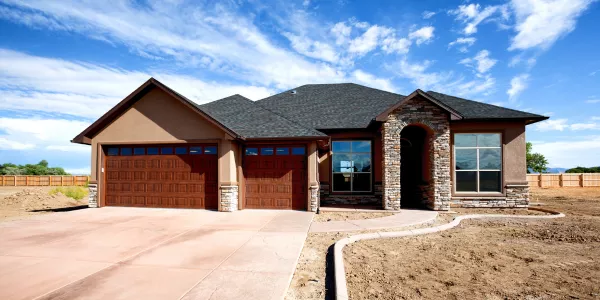
Ranch-style homes, characterized by their single-story design and open floor plans, became popular in the mid-20th century. These homes often feature large windows and an emphasis on indoor-outdoor living, suited to families looking for accessible and functional living spaces.
Cottages and Cabins Style
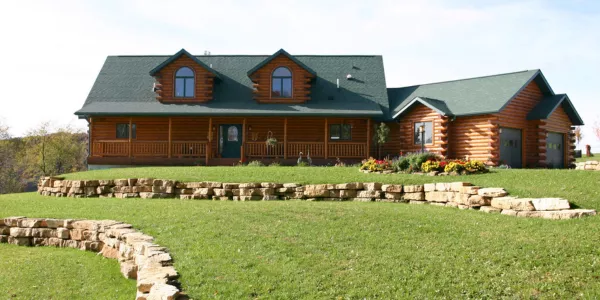
Cottages and cabins evoke a rustic charm, often found in rural or vacation settings. These homes are typically smaller and may feature traditional elements like thatched roofs or wooden exteriors. They offer a retreat from urban life, providing a close connection to nature.
Tudor Style
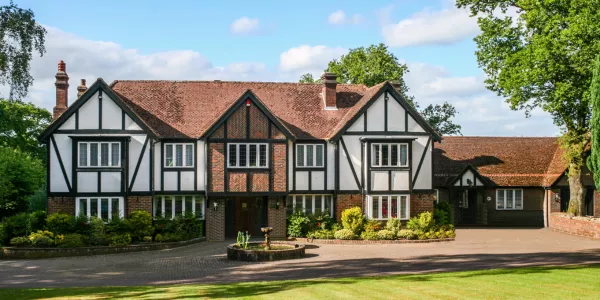
Tudor-style homes are recognizable by their sharply angled roofs, distinctive cross gables, ornamental half-timbering, and elongated, narrow windows with divided panes. These homes typically feature a contrast between the dark timbers and lighter hues of stucco or stone walls.
Although named after England's 16th-century Tudor period, today's Tudor homes are modern interpretations inspired by various late medieval English designs.
American Craftsman Style
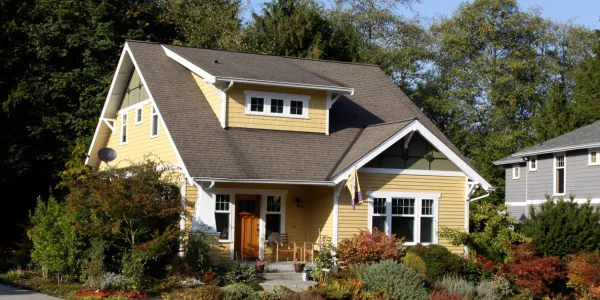
Craftsman style homes emerged from the Arts and Crafts Movement, highlighting the use of natural materials like wood, stone, and brick. These homes are known for their expansive front porches and roofs with a gentle slope. Inside, an open layout is common, featuring custom-built furniture, large fireplaces, and visible wooden beams.
Farmhouse Style

Echoing the agrarian roots of the United States, the farmhouse style is inspired by the straightforward, utilitarian design of barns and agricultural buildings. These homes typically feature a balanced facade, straightforward gabled roofs, and vertically oriented windows.
Victorian Style
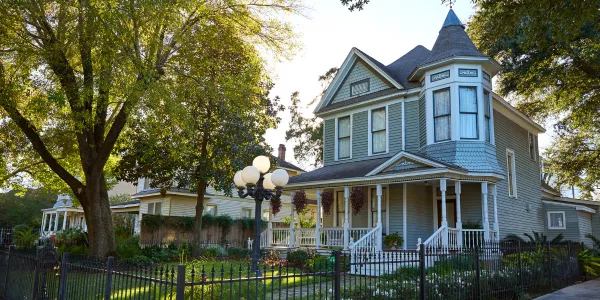
Victorian homes, named after Queen Victoria, originated in the 1830s and remained popular until the early 20th century. Characterized by their two to three-story structures, these homes are distinguished by their decorative elements, including bay windows, small towers, and porches, along with steep gable roofs and vividly colored exteriors.
The Victorian era saw a range of designs from the elaborate Gothic Revival and Queen Anne styles to the simpler Folk Victorian, all building upon these fundamental characteristics.
Contemporary Style
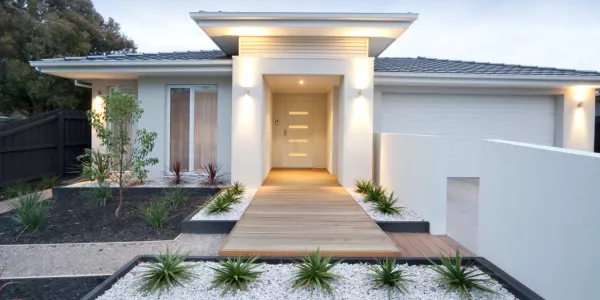
Some people might confuse contemporary with modern architecture, thinking they are the same. However, contemporary architecture refers to the styles of the present, which can vary widely in their design and look.
While both contemporary and modern designs strive to blend indoor and outdoor spaces, contemporary architecture places a strong emphasis on energy efficiency, the use of sustainable and recycled materials, abundant natural lighting, and non-toxic materials.
Split-Level Style

Split-level homes, which evolved from ranch-style designs, gained popularity in the 1950s and '60s, characterized by their distinctive layout where living areas are divided across multiple levels linked by short staircases.
This contrasts with traditional multi-story homes that feature longer staircases. These homes are appreciated for their unique spatial division, though some may find the frequent short staircases inconvenient. Features include segmented living spaces, low-pitched roofs, and integrated garages.
Country French Style
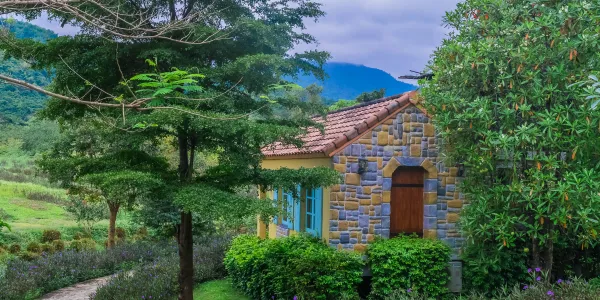
In the United States, homes inspired by Country French architecture have been around since the 18th century. Typically, these homes are single-story, featuring numerous slim windows with matching shutters and roofs that are steeply sloped, either hipped or side-gabled.
They're known for their stucco walls and half-timbered framing. These homes are visually striking, often complemented by impressive driveways and meticulously planned landscaping.
Gothic Revival House Style
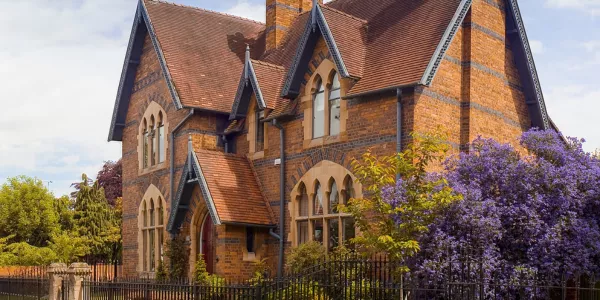
The Gothic Revival architectural style is deeply influenced by medieval elements, characterized by features such as towers, spires, and an abundance of pointed arches reminiscent of stained glass windows.
Homes designed in this style often feature expansive one-story porches and are adorned with elaborate bargeboards. The roofs on these houses are typically steeply pitched, mirroring the design seen in historic churches and buildings from the same period.
Choosing the Best Home
Choosing the right home involves considering the location for its potential to increase in value and suit your lifestyle, such as commute times and access to amenities. It's crucial to prioritize your must-have features and lifestyle needs within your budget.
Engaging with the home during visits by testing features and imagining your daily routines can reveal its suitability. Hiring a professional inspector is essential to uncover hidden issues. Assess the home's size and storage against your future needs and current belongings.
The choice between older homes, with their character and potential maintenance needs, and newer homes, with modern conveniences and possibly higher prices, depends on your preferences and lifestyle. Balancing practical considerations, personal preferences, and financial planning is key to finding a home that meets your current and future needs.
People also ask
Which house styles will be trending in 2024?
In 2024, home designs are leaning towards functionality, eco-friendliness, and customization. Features like butler's pantries are becoming popular for their practical storage solutions, reducing kitchen clutter. The concept of "found architecture," which involves rejuvenating and repurposing neglected urban spaces, is highlighting sustainability and the intelligent use of space.
Additionally, there's a growing trend towards outdoor wellness, with homeowners incorporating elements like permeable driveways and wellness-oriented outdoor areas to enhance health and well-being in home designs.
Which house style is generally the most expensive?
Beach and Mediterranean-style homes are among the priciest in the US, largely due to their coastal locations and luxurious architectural features like tile roofs and stucco walls.
Art Deco and Georgian homes also fetch high prices for their distinctive designs and historical value, while penthouses top the list for their exclusivity and amenities in upscale buildings. For in-depth information on the most expensive house styles, resources like Bob Vila, AHS, and 24/7 Wall St offer comprehensive analyses.
What are traditional home styles in the US?
Traditional homes in the U.S. often draw from architectural styles of the 17th and 18th centuries, blending both contemporary and classical elements. These houses typically feature straightforward rooflines, balanced window arrangements, and other understated details.
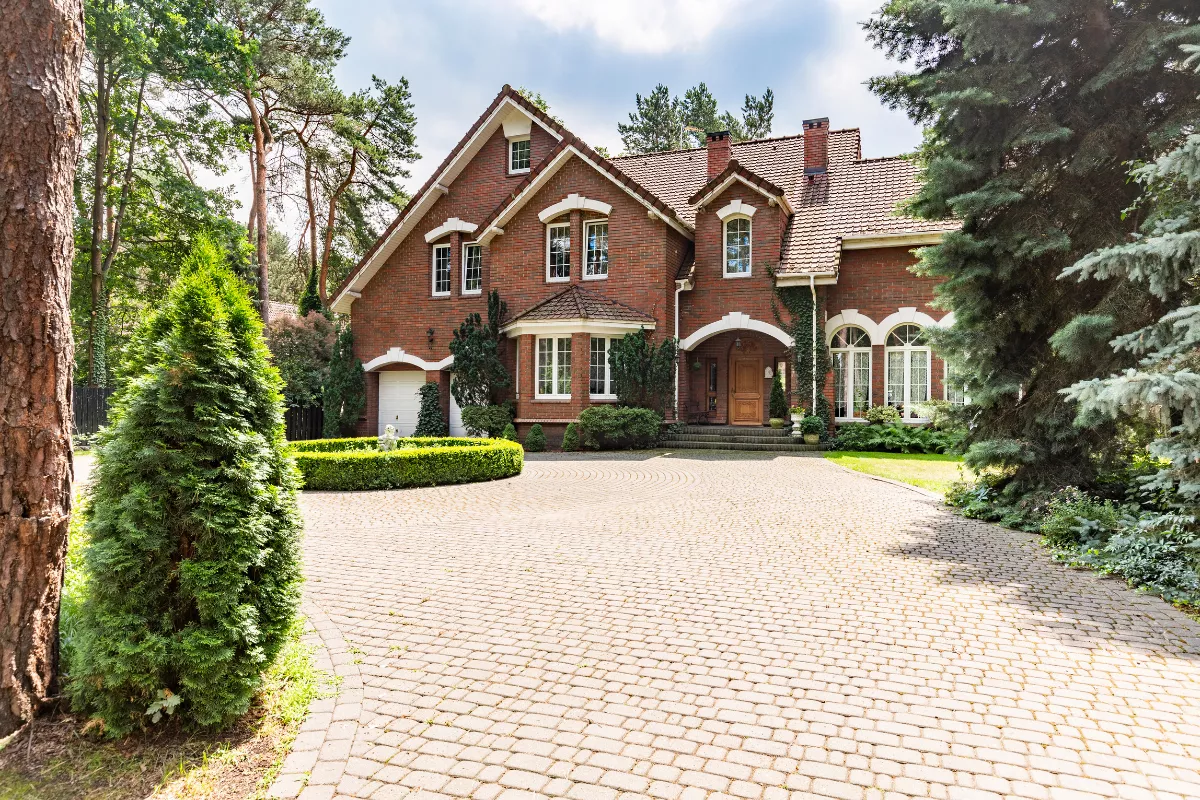
 Marcio Vasconcelos
Marcio Vasconcelos
